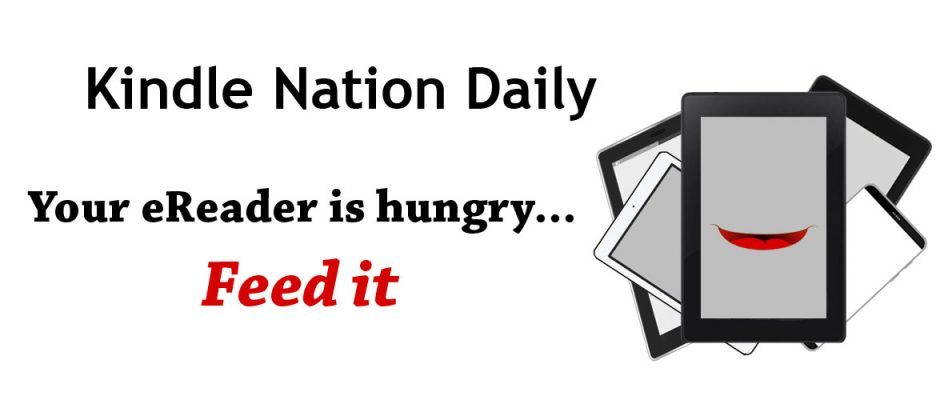These are exciting times for those of us who pay close attention to what we read, how we read, and where we get what we read. That’s a group that includes authors, publishers, booksellers, investors, librarians, and, most importantly, readers. There are many ways in which “exciting” plays out, including “frightening,” “wonderful,” and “inscrutable,” depending on one’s perspective.
In the corporate offices at Amazon, I suspect that there are many days that are both wonderful and mildly frightening, but the company’s leadership is possessed of very strong, almost messianic entrepreneurial spirit in which opportunities, risks and challenges that might terrify and paralyze others are embraced and attacked with zest and a kind of cowboy confidence. While others may be paralyzed, this coming second fortnight of January is bound to be an incredibly exciting and energizing time for Amazon Jeff Bezos and his minions.
For starters, they and they alone know just how great a holiday season 2009 provided for the Kindle. It’s important to remember that it was the first ever real holiday season for the Kindle, since Kindles were out of stock throughout November and December 2007 and 2008. But with the Kindle Revolution reaching a first-phase tipping point and neither Apple nor Barnes & Noble able to get its act together to compete effectively for 2009 market share, Amazon easily surpassed the 60 percent market share widely projected for the Kindle among ebook readers in 2009.
Yet even more important than Kindle units sales are the numbers for Amazon’s overall share of ebook content sales, and here the relevant factors involve not only the number of Kindles extant but the number of other devices running a Kindle App and the dominant convenience, pricing, selection and channels of access to the Kindle Store compared with any of the also-rans. Frankly, there’s no real competition there, and any talk of a real ebook rivalry between Amazon and Apple, Google, Barnes & Noble or any other ebook content seller brings to mind another famous rivalry, that which pitted the hammer against the nail. A recent report by Rory Maher at TBI Research made reference to, and analyzed, some publishing industry sources who believe “Amazon is currently selling upwards of 90% of all e-books sold.”
With this kind of market share, or anything close to it, it is no wonder that publishers are exhibiting high levels of anxiety and ill-considered, scattershot tactics in an effort to keep what they consider the tail from wagging the dog. But Amazon is the Big Dog here, and those of us — whether authors, publishers, pundits, investors, manufacturers, accessory providers, or others — who are investing large amounts of time, energy, verbiage and money banking on the ascendancy of alternative ebook hardware, platforms, selling channels or publishing standards are, despite the best of intentions in many cases, out of touch with what’s really going on in the book business.
While some may be surprised by the aforementioned 90% figure, I’ve seen absolutely nothing in the past 26 months of the Kindle’s life that suggests otherwise, and there is little reason to believe that this kind of Kindle market share for content sales will decline radically any time soon. I’ve been on record all along the way with my calculations and belief that Amazon shipped a half a million Kindles before it went out of stock on November 1, 2008, and that it reached a million Kindles shipped by the Spring of 2009 and easily surpassed 2 million by the end of 2009. Other observers couldn’t swallow these figures early on, but they have gradually come on board and there are now widespread projections that the installed base of Kindles and other ebook readers will reach 9 million in 2010, 28 million in 2015, and 446 million — with a unit price under $50 — in 2020.
Authors and publishers whose books or blogs are brisk sellers anyway in the Kindle Store could not help but notice that unit sales jumped by astonishing multiples beginning on the morning of December 25, 2009, and the time may yet come when Kindle content sales are such a central element in overall industry figures that the Amazon might be forced to release the real numbers or to allow authors and publishers to do so as a matter of freedom of speech and enterprise.
After the markets close on Thursday, January 28, Amazon will announce its earnings for the four quarter of 2009, and consequently for the full fiscal year as well. Company executives will hold a conference call with investor analysts, as they always do, at 5 p.m. that day, and it will be webcast live at www.amazon.com/ir. While Amazon has always been circumspect about the actual numbers with regard to sales of Kindle units and Kindle books and other Kindle content, it is clear that the elephant in the room, that numerical beast of which they must never speak, is getting bigger and bigger.
Driven largely by investors’ anticipation that the Kindle will continue to provide Amazon with an increasing ability to dominate the book business, Amazon’s share price tripled from under $48 a little less than a year ago to an all-time high over $145 in late November 2009. It has retrenched to the 120s twice since, but a few days ago Cowen & Co. analysts Jim Friedland and Kevin Kopelman posted a detailed analysis on the Barron’s blog stating their belief that Amazon shares are significantly valued based on a long-term discounted cash-flow (DCF) analysis and projected a future price of $165 to $375 for Amazon stock.
We’ll see, but there are plenty of indications that the Kindle Revolution is well under way, and that the future looks very bright for Amazon and especially for the Kindle. The biggest challenges to the supremacy of Amazon and the Kindle may come, in time, not from competitors but from regulators and litigants whose challenges could be based on a variety of issues if Amazon ultimately finds itself able to influence the book business in every way from top to bottom. And ironically, whether as a result of its own corporate citizenship or of its savvy anticipation of such challenges, it may be these considerations that lead Amazon to opening up a Big Kindle Tent to other ebook manufacturers’ hardware, other publishing standards, and other sellers.
(Thanks to Andrys Basten of A Kindle World for helping me to get the right headline on this post!)













